An LED Ceiling Light is a modern lighting fixture designed for installation on the ceiling. These lights offer an energy-efficient solution for providing general illumination in various rooms, making them ideal for homes, offices, and commercial spaces. LED ceiling lights are known for their sleek designs, long lifespan, and low energy consumption. Below is a detailed description of the features, dimensions, and weight of LED ceiling lights:
1. Description & Features:
-
Material:
- Frame/Body: LED ceiling lights are usually made from metal (such as aluminum, steel, or stainless steel) for durability and a modern aesthetic. Some models may feature plastic, acrylic, or wood elements for added design versatility.
- Lens/Diffuser: The light source is often covered with a frosted acrylic, polycarbonate, or glass diffuser. These materials help to soften the light and prevent harsh glare, providing uniform light distribution across the room.
- LED Technology: LED ceiling lights use integrated LED chips that are energy-efficient, long-lasting, and require minimal maintenance. They often provide cool white (4000K-5000K), warm white (2700K-3000K), or neutral white (3500K) light, and many models offer the flexibility to adjust the color temperature.
-
Design:
- Slim & Low Profile: Many LED ceiling lights have a flush mount design, meaning they sit close to the ceiling, making them perfect for rooms with low ceilings. The design is often sleek and modern, with circular, square, or rectangular shapes.
- Modern Aesthetics: LED ceiling lights often feature minimalistic and contemporary styles, but there are also designs that include decorative patterns, textures, and finishes. Some may have built-in LED strips, geometric patterns, or trimmed edges for a more artistic look.
- Adjustable Features: Some models offer adjustable features, such as dimming options or color-changing capabilities (RGB), allowing users to create different moods and atmospheres.
- Smart Features: Many LED ceiling lights now come with smart technology, allowing them to be controlled via mobile apps, voice assistants (such as Alexa or Google Assistant), or remote controls. Some models also include features like motion sensors and timers for added convenience.
-
Lighting Output:
- Brightness: LED ceiling lights are available in a wide range of lumens, typically between 1000 lumens to 5000 lumens, depending on the size of the fixture. Larger models designed for bigger rooms or commercial spaces can emit even higher brightness levels.
- Energy Efficiency: LED ceiling lights are extremely energy-efficient, often using 80% less energy than traditional incandescent bulbs, while still providing the same level of brightness.
- Dimmable Options: Many LED ceiling lights are dimmable, either through a wall dimmer or remote control, allowing users to adjust the light intensity according to their needs.
2. Dimensions (in cm):
The dimensions of LED ceiling lights can vary based on their design, size, and application. The typical size range for LED ceiling lights includes:
-
Diameter (for Round or Circular Lights):
- Small: 20 cm to 30 cm – These smaller fixtures are commonly used for smaller rooms like bathrooms, hallways, or bedrooms.
- Medium: 30 cm to 50 cm – These sizes are suitable for living rooms, dining areas, and medium-sized bedrooms or offices.
- Large: 50 cm to 80 cm – Larger models are often used in larger rooms such as living rooms, kitchens, or commercial spaces.
- Extra-Large: 80 cm to 120 cm – These extra-large fixtures are used for larger spaces, like open-plan living areas, high-ceilinged rooms, or large commercial areas.
-
Length and Width (for Square or Rectangular Lights):
- Small: 20 cm x 20 cm or 30 cm x 30 cm – Ideal for small rooms or single light source use in a room.
- Medium: 40 cm x 40 cm or 50 cm x 50 cm – These sizes are suitable for dining rooms, kitchens, and living rooms.
- Large: 60 cm x 60 cm to 80 cm x 80 cm – Larger square/rectangular lights for bigger rooms or open spaces.
- Rectangular lights: 60 cm x 40 cm, 100 cm x 60 cm – Used in long or rectangular rooms such as kitchens, living rooms, or hallways.
-
Height (Depth from Ceiling):
- Flush mount LED ceiling lights are typically very slim, ranging from 5 cm to 15 cm in height (or depth). Some models, especially those with integrated LEDs or additional features (such as built-in fans or extra decorative elements), might be slightly taller.
- Thicker designs with more elaborate features or larger diffusers may have a height of 15 cm to 20 cm.
3. Weight (in kg):
The weight of LED ceiling lights depends on the materials used, size, and complexity of the design. Here are the general weight ranges:
- Lightweight Models:
- Small LED ceiling lights (with diameters of 20 cm to 30 cm) typically weigh between 0.5 kg and 2 kg. These are simpler designs, often with a thin diffuser and minimal structure.
- Medium-Sized Models:
- LED ceiling lights with a 30 cm to 50 cm diameter or similar rectangular designs weigh between 2 kg and 5 kg. These fixtures may have more complex diffusers, additional LED components, or advanced features like color temperature control.
- Larger Models:
- For 50 cm to 80 cm diameter or larger LED ceiling lights, the weight can range from 5 kg to 10 kg. These are typically used in larger rooms or commercial applications and may feature multiple LED arrays, built-in smart functionality, or decorative details.
- Heavy-Duty or Decorative Models:
- Extra-large LED ceiling lights (with a diameter of 80 cm or more) or those with more intricate designs can weigh from 10 kg to 20 kg or even more, depending on the materials used (e.g., metal frames, decorative elements, or multi-component structures).
4. Installation and Ceiling Compatibility:
- Ceiling Compatibility:
- Flat Ceilings: LED ceiling lights are typically installed on flat ceilings and are designed to sit flush with the surface.
- Sloped or Vaulted Ceilings: Some models come with adjustable mounts or extension arms that allow them to be used on sloped or vaulted ceilings.
- Installation Type:
- Flush Mount: LED ceiling lights generally feature flush mounting, where the fixture sits directly against the ceiling, ideal for rooms with low ceiling heights or where a minimalistic look is desired.
- Surface Mounting: Some LED ceiling lights may be mounted with a small gap between the fixture and the ceiling, particularly if there are elements like LED strips or additional diffusers.
- Electrical Wiring:
- Installation typically involves hardwiring the fixture into an electrical junction box in the ceiling. This process is best performed by a licensed electrician, though some simpler designs may come with plug-and-play features for easy installation in existing sockets.
5. Applications:
LED ceiling lights are extremely versatile and can be used in a wide variety of spaces. Here are some common applications:
-
Living Rooms & Bedrooms: LED ceiling lights provide even, ambient lighting, perfect for living rooms, bedrooms, or other common areas.
-
Kitchens & Dining Rooms: LED ceiling lights offer bright, uniform lighting that is ideal for food preparation and dining spaces.
-
Offices & Study Rooms: LED ceiling lights can be used to brighten home offices, study rooms, or workspaces, offering ample illumination for tasks without straining the eyes.
-
Commercial Spaces: These lights are ideal for large commercial settings, such as offices, retail stores, warehouses, and restaurants, due to their energy efficiency and long lifespan.
-
Bathrooms & Hallways: Flush-mounted LED ceiling lights are perfect for areas with limited ceiling height, such as bathrooms, corridors, and hallways.
These dimensions and weights are approximate and can vary depending on the manufacturer and specific design. Always check the product details for the exact measurements, weight, and installation guidelines of the LED ceiling light you are considering.

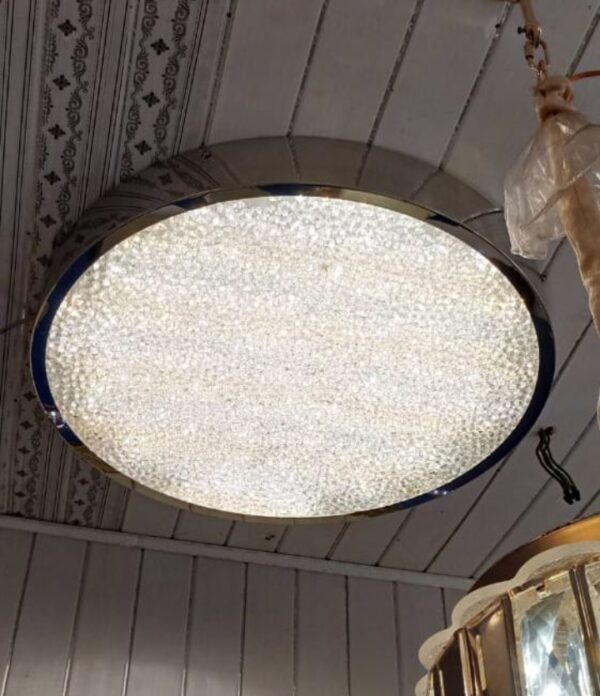





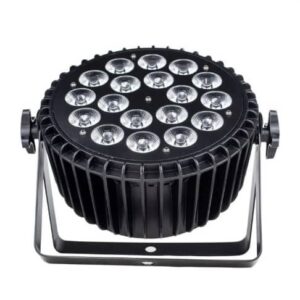
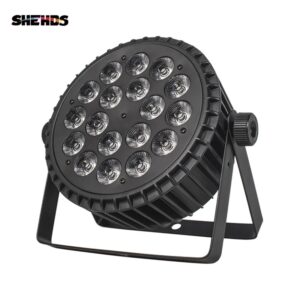

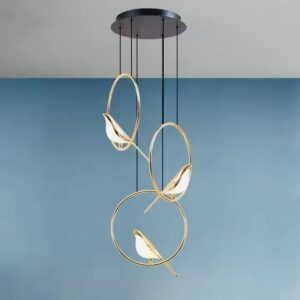
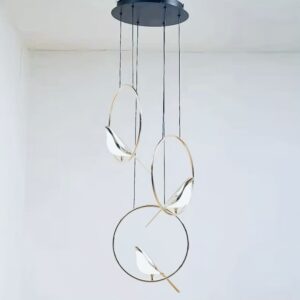





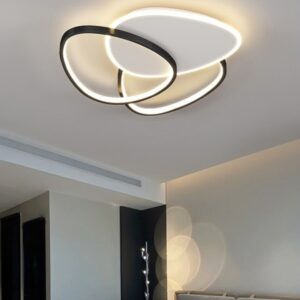
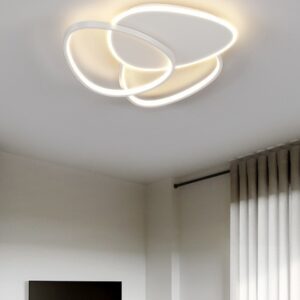

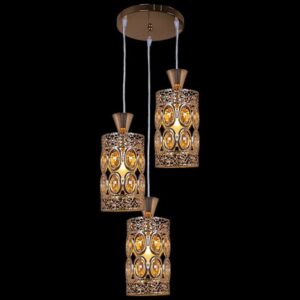

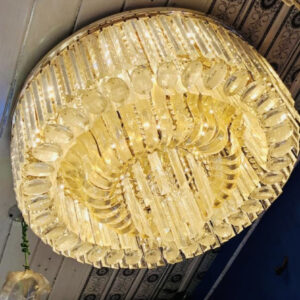

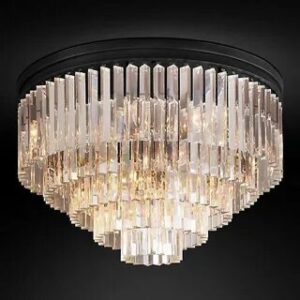
Reviews
There are no reviews yet.